For decades, the mirror self-recognition test has been a cornerstone in assessing self-awareness among animals. Chimpanzees have consistently excelled in this arena, while gorillas often lagged behind, leading to assumptions about their cognitive abilities. However, recent research challenges this narrative, suggesting that gorillas may possess a level of self-awareness comparable to their primate cousins.
The Mirror Test: A Traditional Measure
Developed by psychologist Gordon G. Gallup Jr. in 1970, the mirror test evaluates an animal's ability to recognize its reflection as an image of itself. This is typically done by placing a visible mark on an animal in a location it cannot see without a mirror. If the animal uses the mirror to inspect and attempt to remove the mark, it is considered to have self-recognition capabilities. Species such as chimpanzees, bonobos, and orangutans have demonstrated success with this test, while gorillas have often shown inconsistent results.
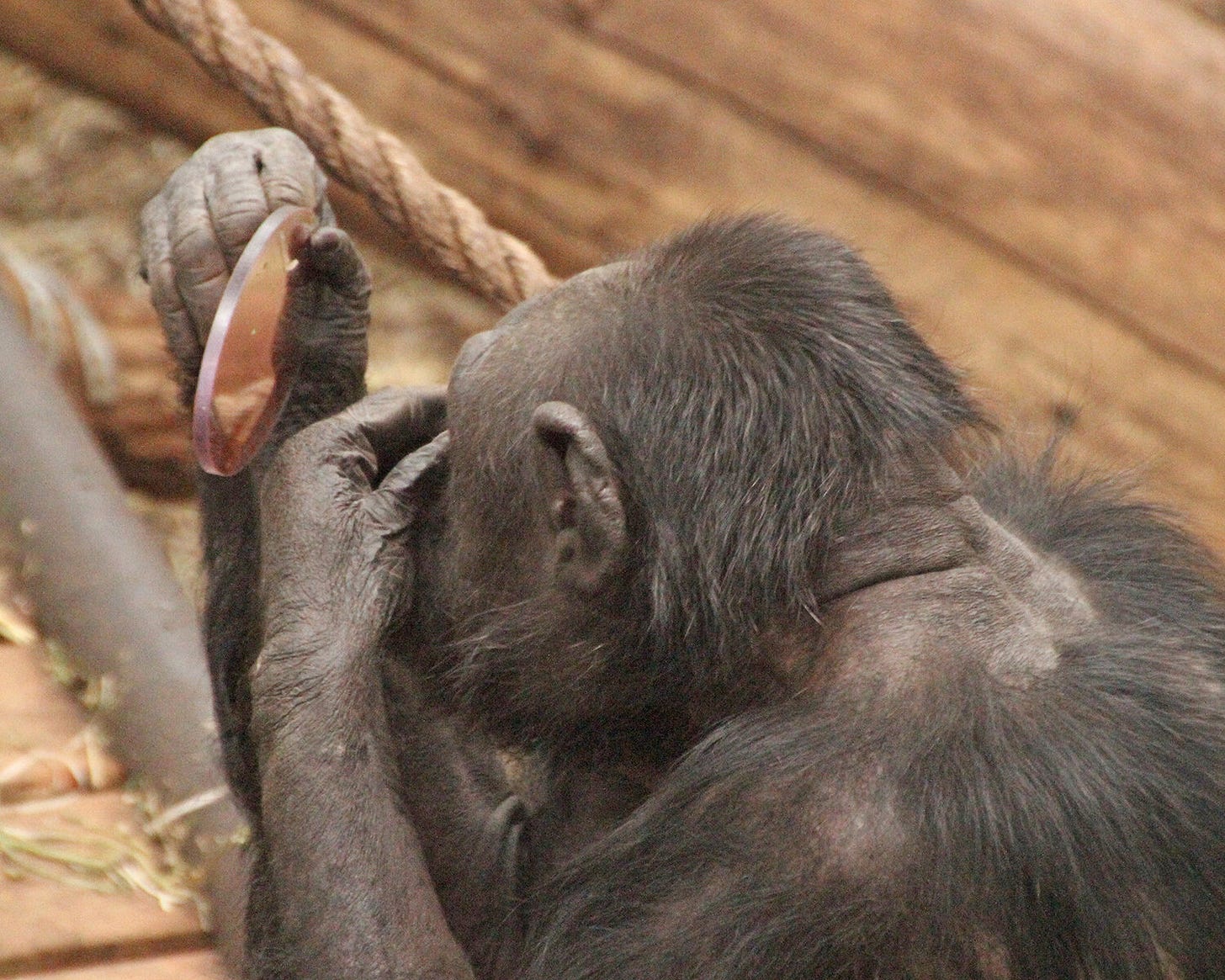
Rethinking Gorilla Self-Awareness
A study led by biologist Jorg Massen from Utrecht University sought to explore gorilla self-awareness beyond the mirror test. The researchers observed chimpanzees and gorillas at Burgers' Zoo in Arnhem, employing a task that required the apes to open a box lid to access food. In certain scenarios, the box was positioned such that the ape had to move its own body to successfully open it. Both chimpanzees and gorillas quickly realized that their bodies were obstructing access and adjusted accordingly, indicating an understanding of their physical presence in space.
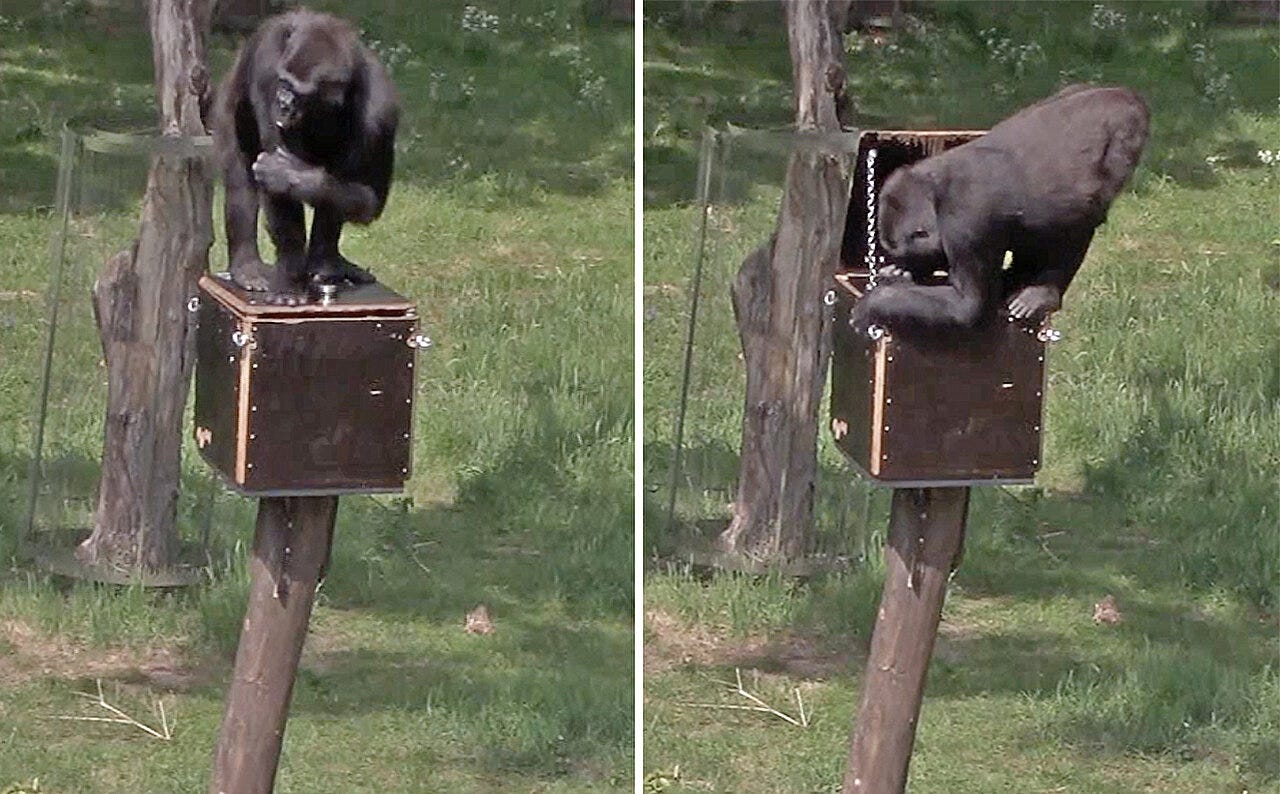
Massen noted,
"This is a basic form of body awareness. In humans, this develops at around 1.5 years old."
Limitations of the Mirror Test
The mirror test, while valuable, has its limitations. It primarily assesses visual self-recognition, which may not be the primary sensory modality for all species. Gorillas, for instance, often avoid direct eye contact—a behavior that could influence their interactions with mirrors. This avoidance might lead to underestimations of their self-awareness when relying solely on the mirror test.
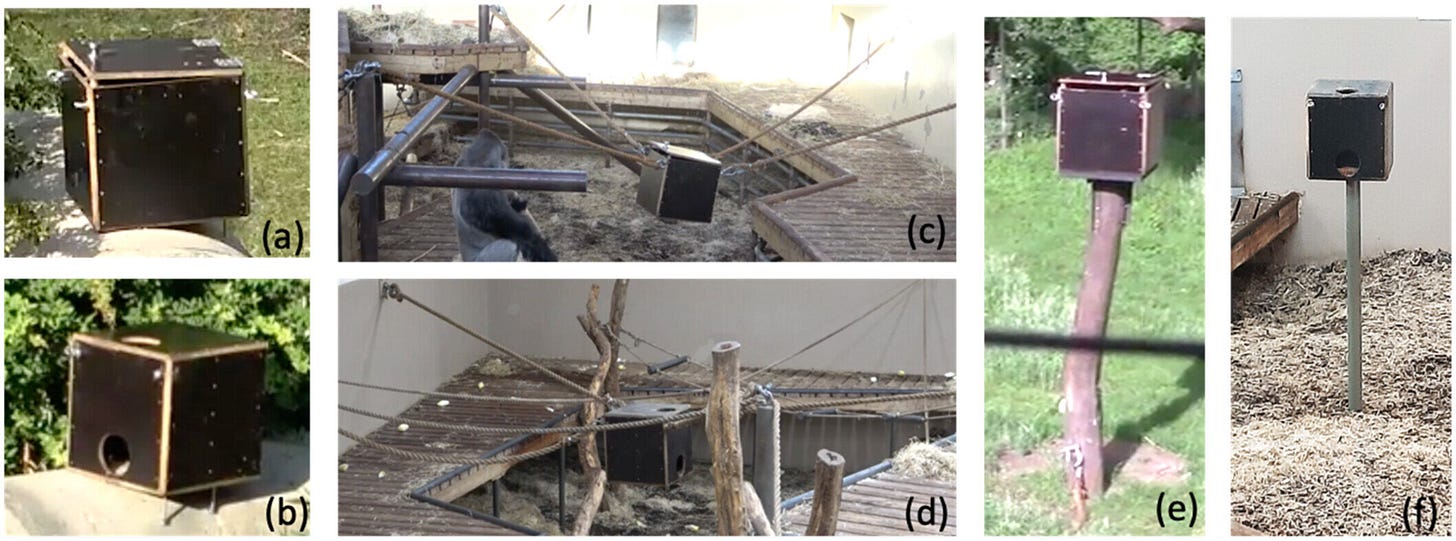
Broader Implications for Understanding Self-Awareness
These findings prompt a reevaluation of how self-awareness is assessed across species. They suggest that self-awareness may manifest differently depending on ecological and social factors unique to each species.
Massen emphasized,
"Thanks to this body awareness test, we now know more about the inner life of gorillas, which may be richer than we previously thought."
Conclusion
The study underscores the importance of diversifying approaches to studying animal cognition. By moving beyond traditional tests like mirror self-recognition, researchers can gain deeper insights into the minds of various species, appreciating the nuanced ways self-awareness may be expressed in the animal kingdom.
Related Research
For those interested in further exploring self-awareness in primates, the following study offers additional insights:
Vanhooland, L.-C., Mager, C., Teuben, A., Bugnyar, T., & Massen, J. J. M. (2025). Comparing the Performances of Chimpanzees (Pan troglodytes) and Gorillas (Gorilla gorilla gorilla) in Two Self-Awareness Tasks. American Journal of Primatology, 87(3), e70010. https://doi.org/10.1002/ajp.70010



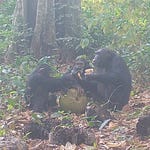
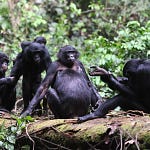

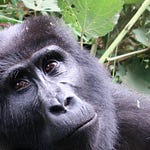
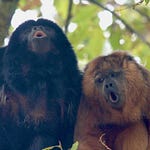


Share this post